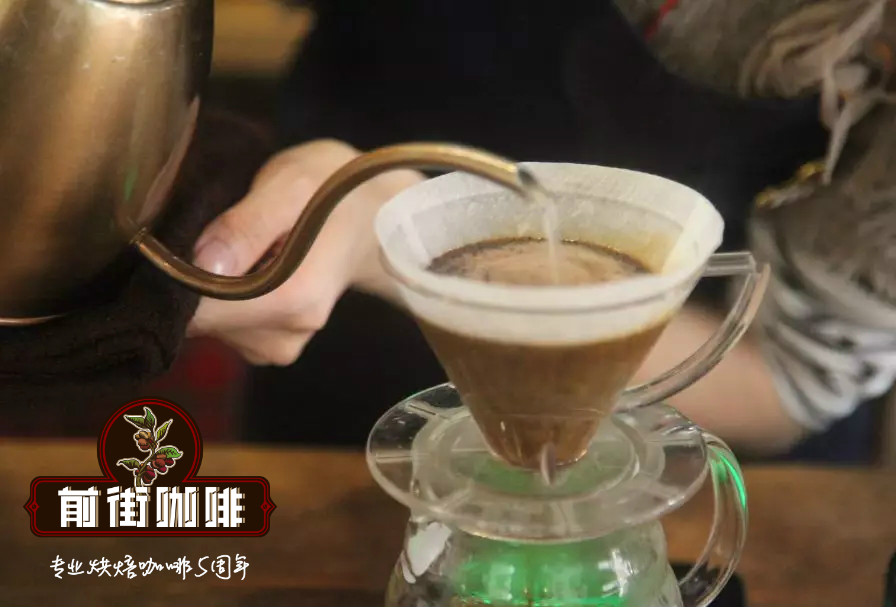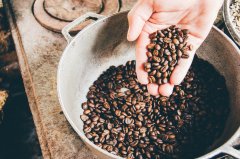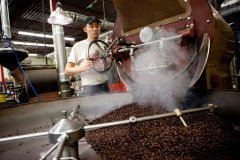What is decaf? How to remove caffeine from coffee?

Professional coffee knowledge exchange more coffee bean information please follow the coffee workshop (Wechat official account cafe_style)
All coffee has caffeine in its natural state, and this chemical is seen as protecting coffee trees from pests and preventing seeds from competing for nutrients.
Caffeine has been used as a stimulant for thousands of years, but sometimes we don't want the side effect of coffee. However, in addition to this reason, there are more factors that make people choose decaf coffee rather than normal coffee, which of course includes public awareness of health problems.
2018 the American Coffee Association reported that 42 per cent of coffee drinkers chose decaf, most of whom were social youth. Some market studies have pointed out that consumers who choose decaf coffee are more willing to spend more money on coffee for the sake of quality.
Carbon dioxide treatment
The carbon dioxide treatment is similar to the direct solvent method, which soaks the coffee beans in warm water, replaces the solvent with high-pressure liquefied carbon dioxide, extracts caffeine, and then returns to room temperature to become a gas.
Coffee made from decaffeinated carbon dioxide has a lower burden on the human body, and according to the study, this method extracts more caffeine than the direct solvent method, but the cost of this method is much higher than that of the direct solvent method.
Swiss water treatment method
This treatment will soak the raw coffee beans in hot water, and the soaking stage has actually partially removed caffeine. The soaked solution is then filtered with activated carbon and finally poured back into the coffee beans. This series of steps will be more effective in removing caffeine. In addition to not requiring the use of chemical solvents, the soaked solution can be reused in different batches of treatment procedures, but coffee still loses a lot of flavor in the filtration process.
The disadvantage of this method is that it is much more expensive to produce than the above two solvent methods, and the extracted caffeine is directly filtered out and cannot be used for other commercial purposes.
Mountain spring water treatment
This is the use of another special kind of water, water from glaciers to extract caffeine. The company Descamex says it uses a special filter to remove caffeine.
After treatment, you will get a caffeine-free aqueous solution, which also dissolves the solid substance of coffee and can be reused in the decaffeinated process.
This treatment and the Swiss water treatment are both methods that do not use chemical solvents, so some consumers regard it as a safer and healthier choice.
END
Important Notice :
前街咖啡 FrontStreet Coffee has moved to new addredd:
FrontStreet Coffee Address: 315,Donghua East Road,GuangZhou
Tel:020 38364473
- Prev

Coffee: can the baking curve really be copied? Does it make sense to copy the baked bean curve?
Professional coffee knowledge exchange more coffee bean information please follow coffee workshop (Wechat official account cafe_style) author: Michael Wang today I would like to talk about the most important concept that is often overlooked by beginners: assuming that "everything else remains the same", copying the bean baking curve makes sense with the increasingly transparent transmission of online information, you can easily get an international competition for coffee roasting in a certain year.
- Next

How important is the moisture content and density of raw beans to the baker?
Professional coffee knowledge exchange more coffee bean information Please follow the coffee workshop (Wechat official account cafe_style) Today bean bakers are adept at judging by the color of raw beans-the touch from the touch-the rising rate of temperature during baking to determine whether the moisture content of raw beans is too dry or too high. The moisture content of the freshly picked coffee fruit is about 45-55%, and the subsequent treatment method
Related
- Beginners will see the "Coffee pull flower" guide!
- What is the difference between ice blog purified milk and ordinary milk coffee?
- Why is the Philippines the largest producer of crops in Liberia?
- For coffee extraction, should the fine powder be retained?
- How does extracted espresso fill pressed powder? How much strength does it take to press the powder?
- How to make jasmine cold extract coffee? Is the jasmine + latte good?
- Will this little toy really make the coffee taste better? How does Lily Drip affect coffee extraction?
- Will the action of slapping the filter cup also affect coffee extraction?
- What's the difference between powder-to-water ratio and powder-to-liquid ratio?
- What is the Ethiopian local species? What does it have to do with Heirloom native species?

